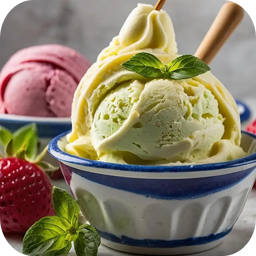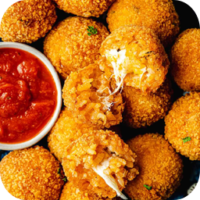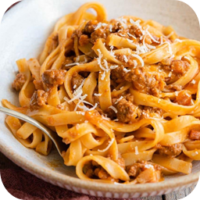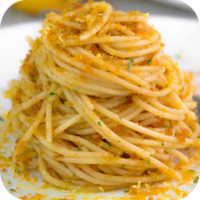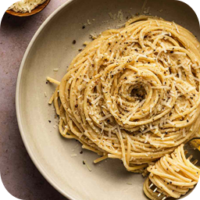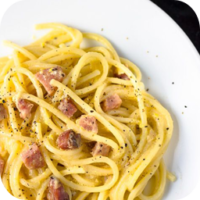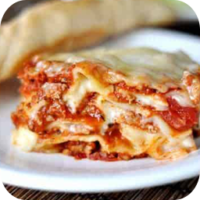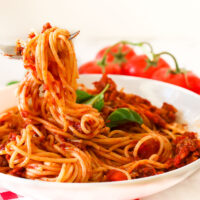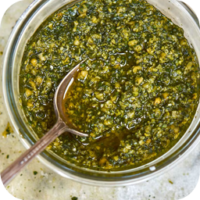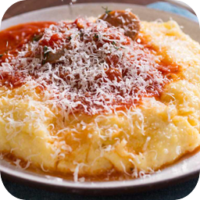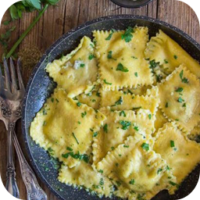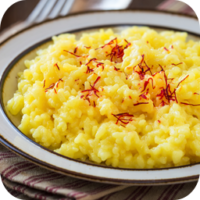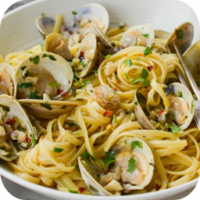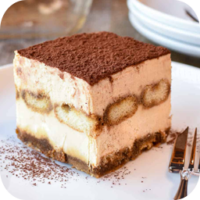Gelato is a traditional Italian ice cream that is known for its rich, creamy texture and intense flavor. Unlike regular ice cream, gelato is made with a higher proportion of milk and a lower proportion of cream and typically contains fewer air bubbles (a process known as overrun). This gives it a denser, smoother texture and more vibrant flavors. Gelato is served at a slightly warmer temperature than ice cream, which enhances its creamy consistency and allows the flavors to stand out more.
Key Features of Gelato:
- Ingredients:
- Milk and cream: Gelato has a higher milk content and less cream compared to ice cream, resulting in a smoother texture.
- Sugar: A standard sweetener used in gelato, balancing out the richness of the milk and cream.
- Flavorings: Gelato can be flavored with various ingredients like chocolate, vanilla, fruit, nuts, and other natural flavors like coffee, pistachio, or hazelnut.
- Texture:
- Gelato is made with less air than traditional ice cream, making it denser and creamier. This is achieved by a slower churning process, which incorporates less air and gives gelato its rich consistency.
- Temperature:
- Gelato is typically served at a slightly warmer temperature (around -10°C to -15°C, or 14°F to 5°F) than ice cream, which enhances its creamy texture and allows its flavors to be more pronounced.
- Fat Content:
- The fat content in gelato is usually lower than that in ice cream. While traditional ice cream may have 16-20% fat, gelato typically contains around 4-8% fat.
- Churning Process:
- Gelato is churned more slowly than ice cream, which means it incorporates less air, creating its signature dense, smooth texture.
Popular Gelato Flavors:
- Stracciatella:
- This classic flavor features creamy gelato with shards of dark chocolate mixed throughout, creating a delicious contrast between the smoothness of the gelato and the crunch of the chocolate.
- Pistachio:
- A popular nut flavor, made with roasted pistachios, giving it a rich, nutty taste and creamy consistency.
- Hazelnut (Nocciola):
- Made with hazelnuts, this flavor has a toasted, nutty richness that is incredibly popular in Italy.
- Chocolate (Cioccolato):
- Rich, dark chocolate gelato, often made with high-quality cocoa or melted chocolate, providing an intense chocolate flavor.
- Vanilla (Vaniglia):
- Made with real vanilla beans, giving it a smooth, creamy flavor with delicate sweetness.
- Fruit Flavors:
- Lemon, strawberry, peach, and raspberry are all common fruit-based gelato flavors, often made with real fruit puree for a fresh, tangy taste.
- Coffee (Caffè):
- A creamy coffee-flavored gelato made with espresso, perfect for coffee lovers.
- Tiramisu:
- Inspired by the classic Italian dessert, tiramisu gelato typically contains flavors of coffee, chocolate, and mascarpone.
- Ricotta and Fig:
- A unique, creamy gelato made with ricotta cheese and figs, blending sweetness and mild creaminess.
- Bacio:
- A gelato flavor made with hazelnuts and chocolate, reminiscent of the popular Italian chocolate candy.
Gelato vs. Ice Cream:
- Fat content: Gelato typically has a lower fat content than ice cream. Ice cream often contains 16-20% fat, while gelato has around 4-8% fat.
- Air content: Ice cream has more air incorporated during the churning process (higher overrun), making it lighter and fluffier. Gelato has less air and is denser.
- Serving temperature: Gelato is served at a warmer temperature, making it softer and smoother than ice cream.
- Texture: Due to the lower air content, gelato has a more velvety and dense texture compared to regular ice cream.
History and Origin:
- Gelato has roots in Italy, with its origins dating back to ancient civilizations, but the modern form of gelato as we know it today was developed in the Renaissance period, particularly in the city of Florence. It is often credited to Caterina de’ Medici, who brought the concept of frozen desserts to the Italian courts.
- Francesco Procopio dei Coltelli, an Italian chef, is often credited with perfecting the gelato recipe in the 17th century when he opened a café in Paris, popularizing it in France.
Gelato vs. Sorbet:
- Gelato contains dairy (milk and cream), while sorbet is dairy-free and made with fruit puree, water, and sugar. Sorbet is a lighter, refreshing dessert, whereas gelato is creamier and richer.
Serving Gelato:
- Gelato is often served in small portions, as it is quite rich. It’s typically served in a cone or a cup, and it’s common to offer a combination of two or three flavors.
- In Italy, it is usually served with a spatula instead of a scoop, giving it a more artisanal presentation.
Making Gelato at Home:
- Ingredients:
- 2 cups whole milk
- 1 cup heavy cream
- ¾ cup sugar
- 4 egg yolks
- 1 teaspoon vanilla extract (or other flavorings)
- Instructions:
- Prepare the Base: In a saucepan, heat the milk and cream over medium heat. In a separate bowl, whisk the egg yolks and sugar together until smooth. Slowly pour the warm milk and cream mixture into the egg mixture, whisking constantly.
- Cook the Custard: Return the mixture to the saucepan and cook over low heat, stirring constantly, until it thickens enough to coat the back of a spoon (about 5-8 minutes).
- Cool the Custard: Remove from heat and add vanilla extract (or any desired flavor). Cool the mixture to room temperature, then refrigerate for at least 4 hours or overnight.
- Churn: Pour the custard into an ice cream maker and churn according to the manufacturer’s instructions.
- Freeze: Transfer the gelato to an airtight container and freeze for 2-4 hours before serving

